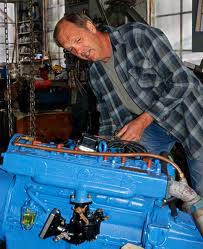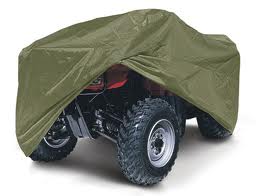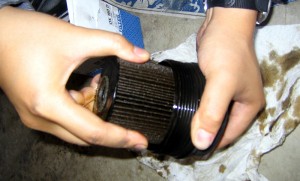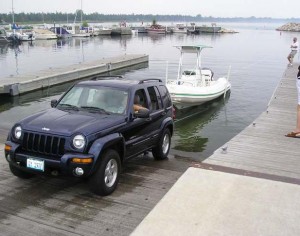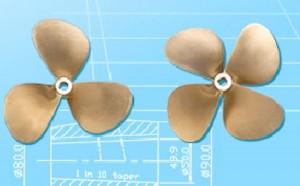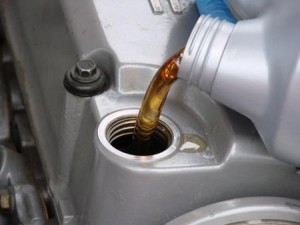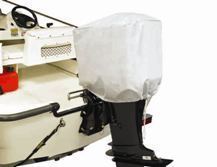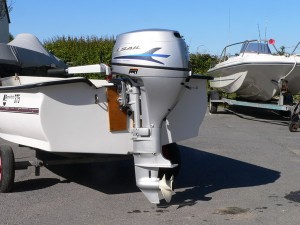Beginners Guide to Outboard Motors Part 3
One question that probably isn’t asked enough is how does an outboard motor work? They are complex systems created by brilliant engineers to accomplish a herculean task with little to no effort. As the primary propulsion system for most boats, outboard motors are often taken for granted by boaters and water-going enthusiasts of all kinds. That is until it breaks down. You can help yourself avoid this pitfall by learning how your motor works.
Not only will you learn how it functions you’ll also learn how to better care for it. Regular maintenance will become more intuitive and good habits for regular use will develop. Outboard motors are small, self-contained engines with propellers and other systems designed to make the motor work efficiently. Most work in a way similar to internal combustion engines and therefore require similar care and attention. Take the time to learn as much about an outboard motor before you buy one and you’ll be better qualified to make a good decision that you won’t end up regretting.
If you choose a Yamaha you can maximize its performance with a good supply of Yamalube 2W oil.


